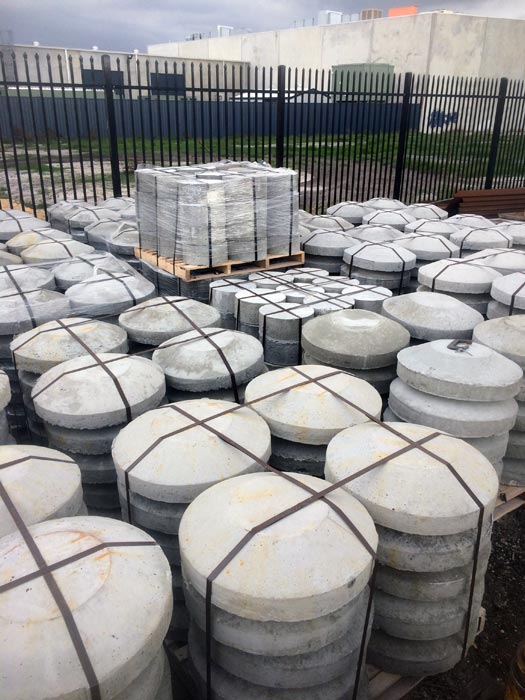Having concrete strip footings laid in your home or business can create many safety risks without the proper knowledge and guidance. In this article, you'll find out what they are and why you should take steps to ensure that they're kept up to code.
Concrete strip footings are a common foundation construction material found in many residential and commercial buildings. They are also used as poured footings for staircases, walls, and other types of constructions. You can also know more about precast concrete footings in Perth via Action Solution.

Concrete strip footings can be beneficial to your home or business, but they also need to be properly constructed to avoid potential problems. Concrete strip footings are made from layers of concrete that are laid down in a narrow Strip form. This pattern creates an effective footing that is strong and rigid.
Concrete strip footing foundations can be found in a variety of situations, but are most commonly used in areas where soil conditions are poor or there is an potential for groundwater seepage. When foundation walls and subsurface soil are not able to resist the thrust of lateral earth forces, concrete strip footings can provide an effective means of supporting these structures.
A common application of strip footings is in the construction of dykes and levees. Dykes are formed when two rivers, impulses or waves meeting at an impasse create concave surfaces upstream from their meeting point. This creates a long trench that acts as a natural barrier between two adjoining watersheds.
Levees keep water out of the trench and allow excavated material to be placed behind them so that the trench can be filled with more solid ground downstream.
